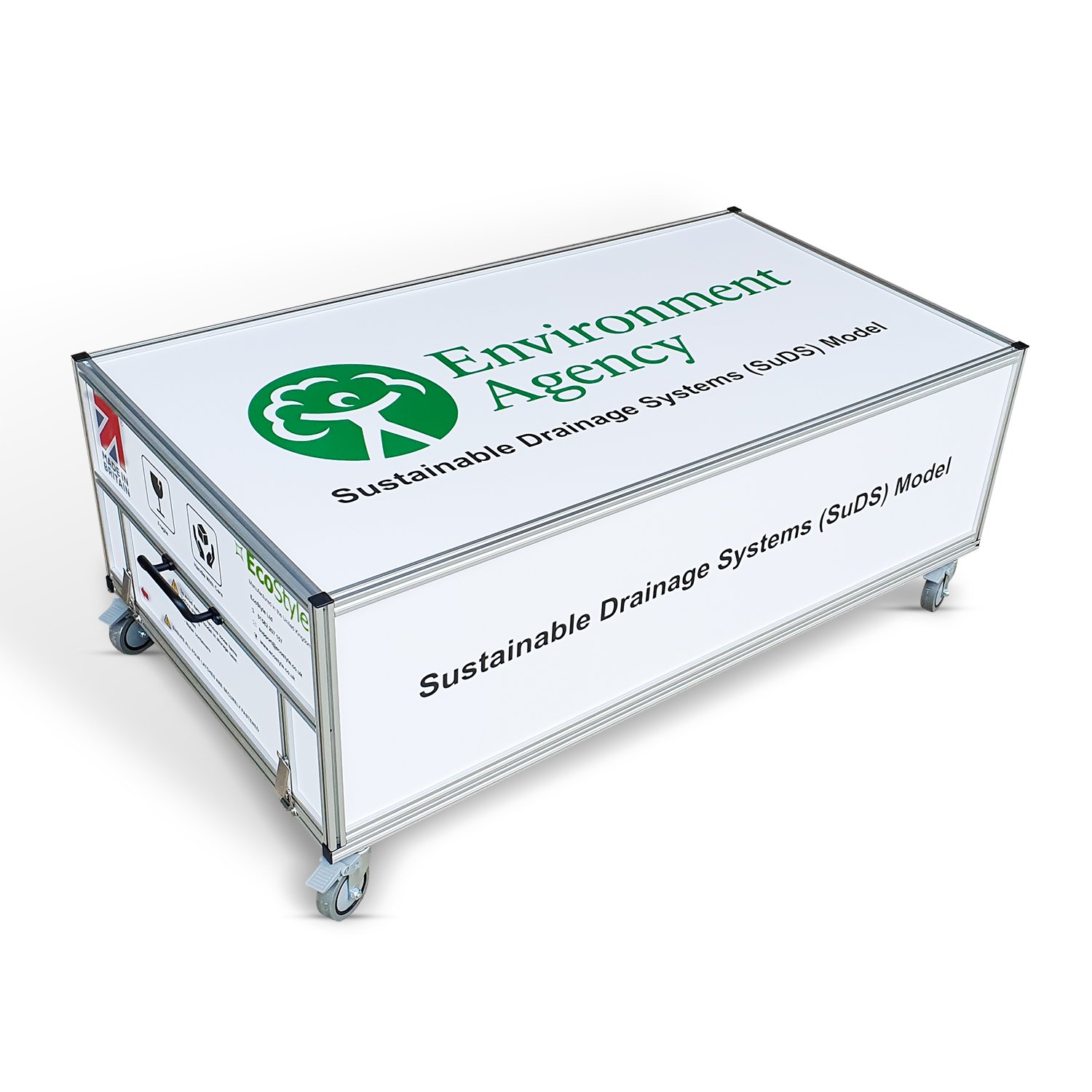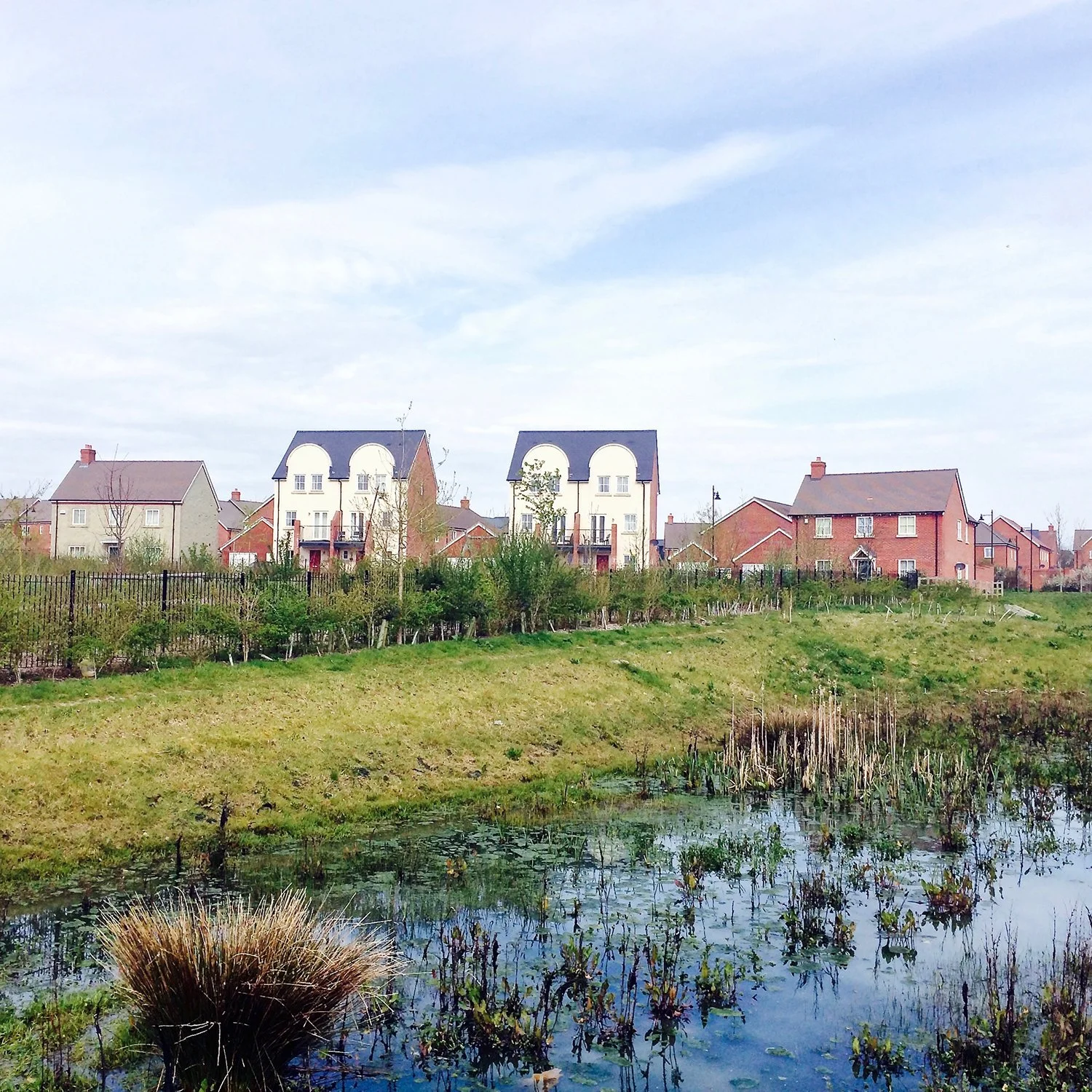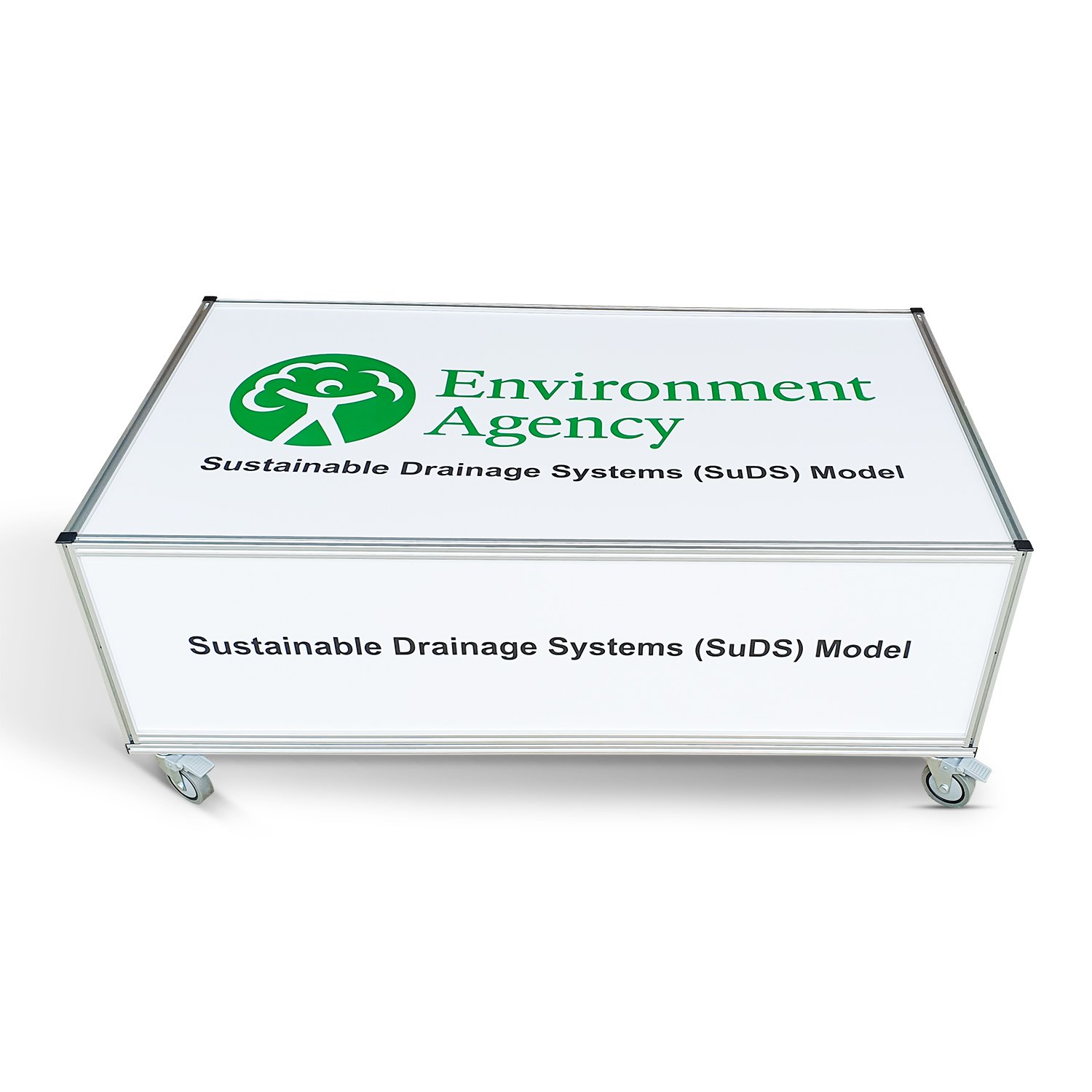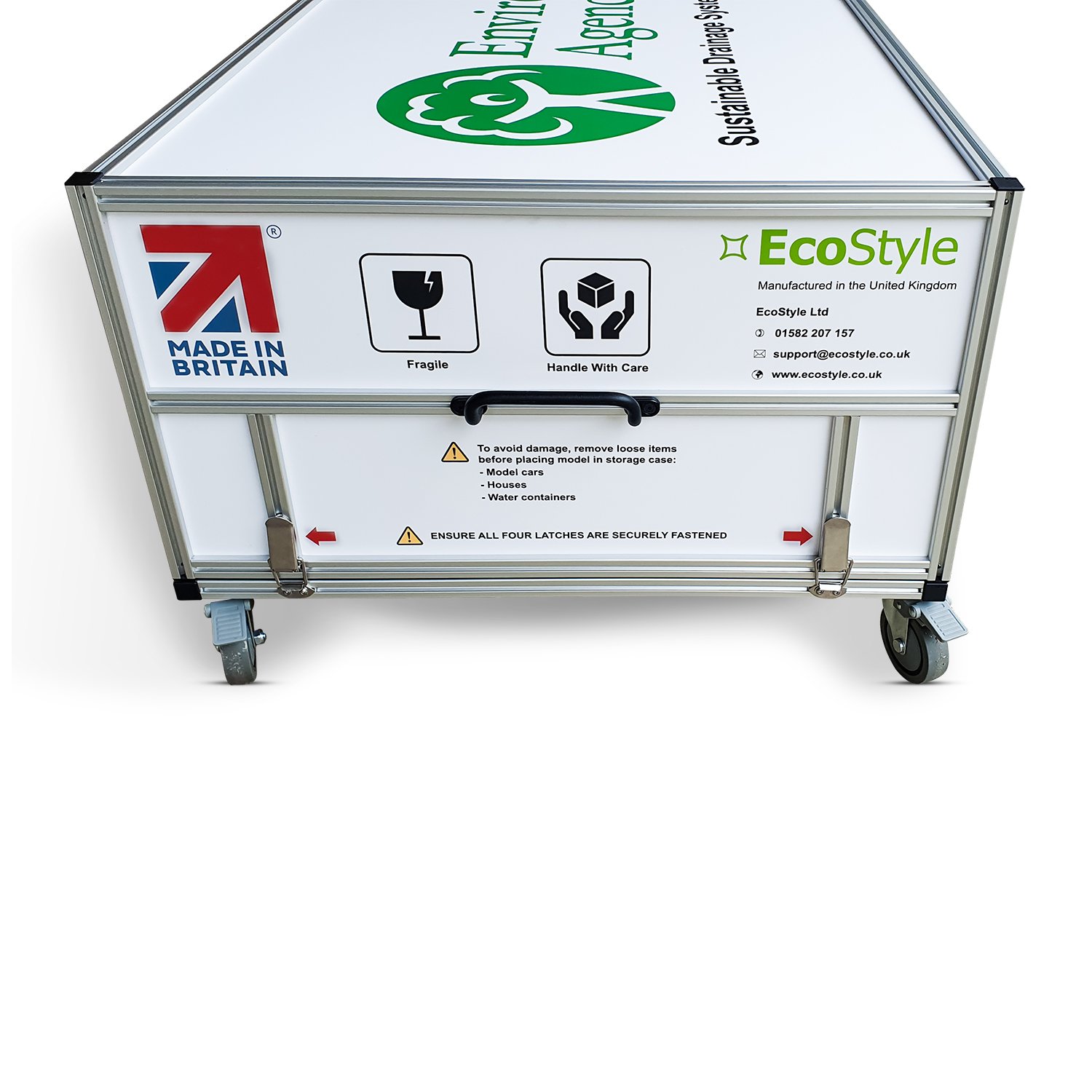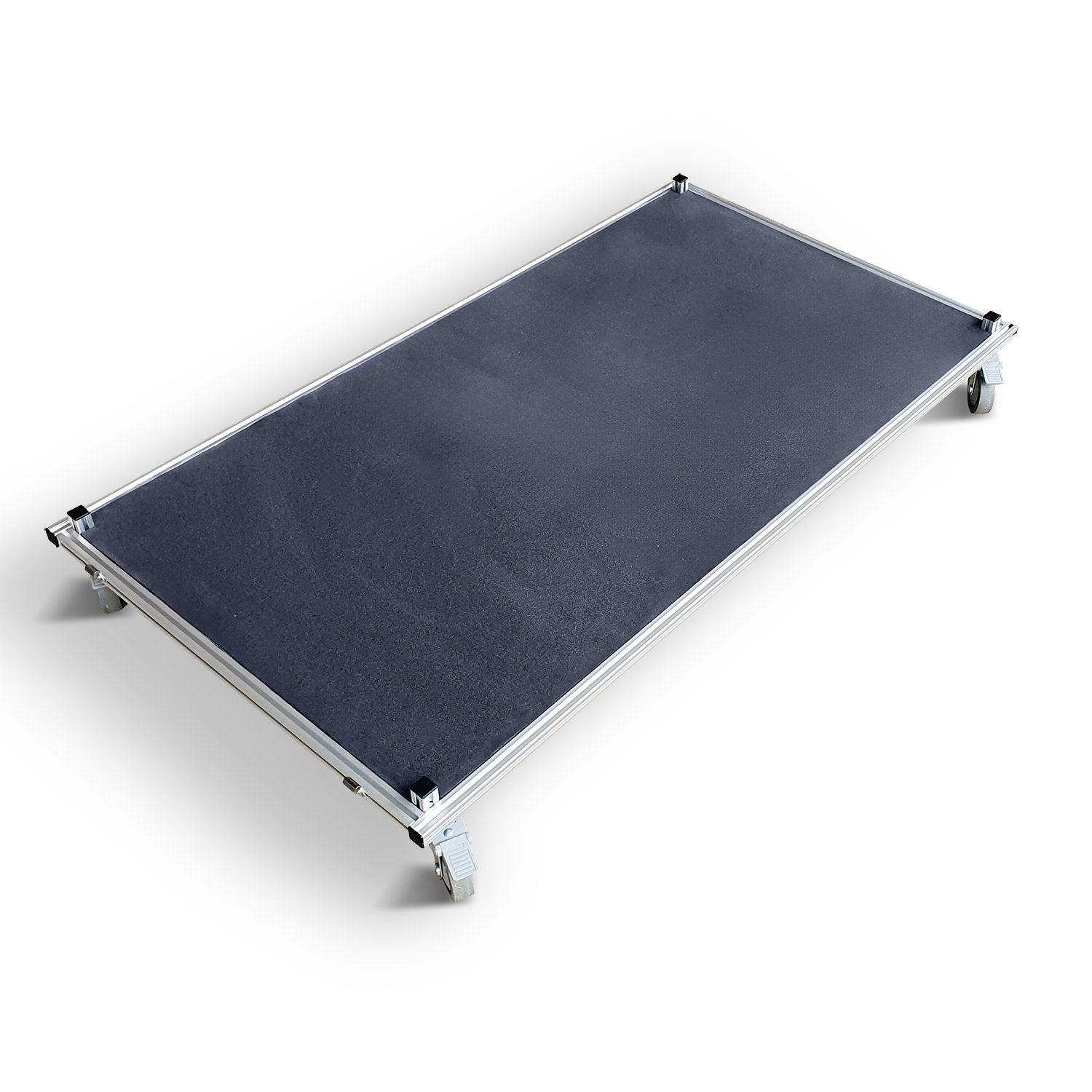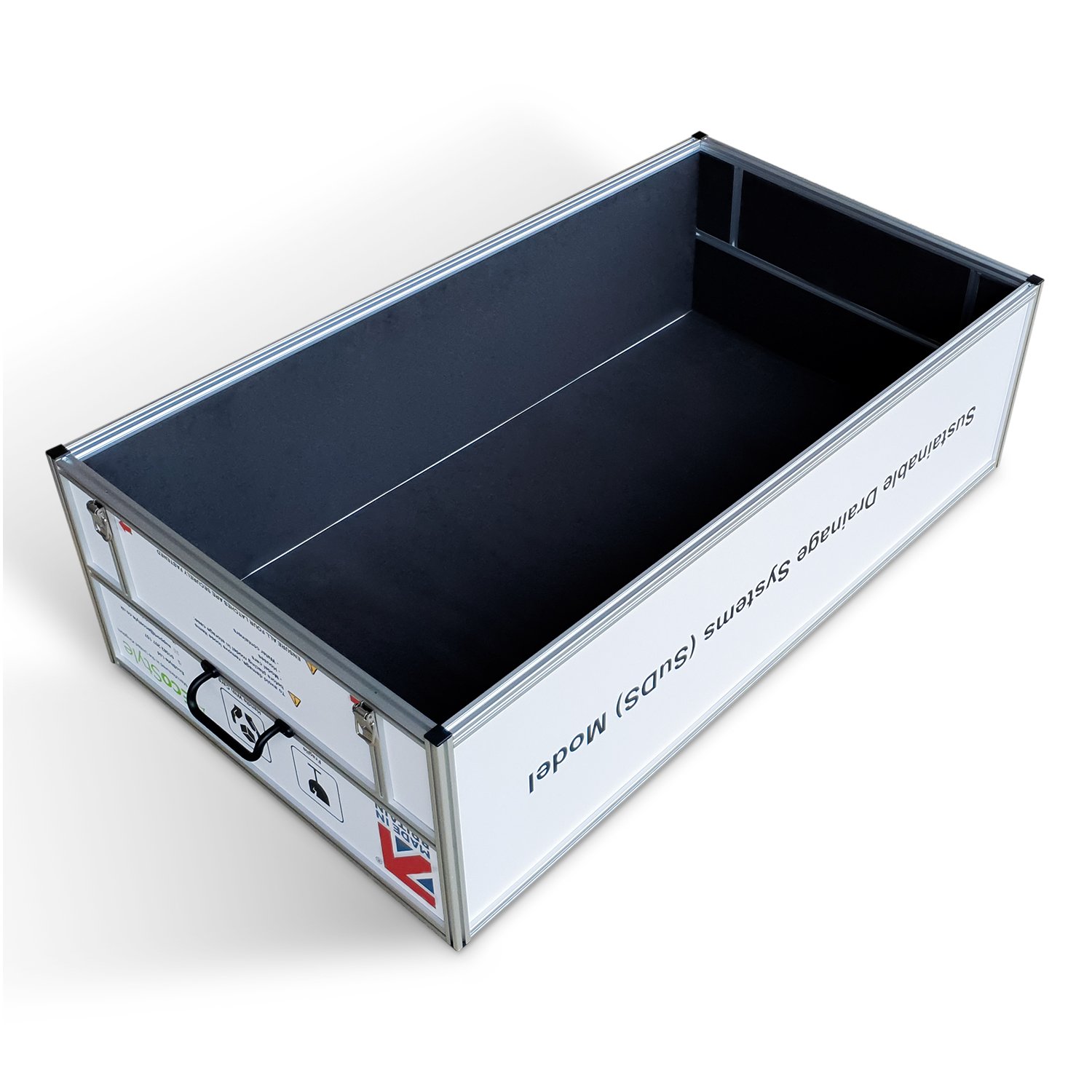Your Mission
You want to engage your community in a way that’s memorable, meaningful, and easy to understand. Whether you're working with schools, flood action groups, or the wider public, you need tools that help you explain complex topics like SuDS.
You seek to build awareness and trust through face-to-face engagement and you need tools that support this mission.
The Challenge
It can be difficult to engage with the community and to explain complex concepts like SuDS. People may have incomplete knowledge or incorrect assumptions, fuelled by myths and misinformation.
It can be frustrating trying to initiate conversations and it can feel challenging to explain technical details.
Effective public engagement is essential for managing these challenges collaboratively, efficiently, and sustainably.
Our Solution: The SuDS Model
We understand the importance of engaging with the community effectively in the face of public apathy.
The SuDS Model (Standard Version) was developed in 2016 in conjunction with the education team at Anglian Water.
EcoStyle models are trusted and widely used by organisations such as public bodies, water companies and local authorities. Our team is known for providing responsive and reliable support.
Side 1: Traditional Drainage
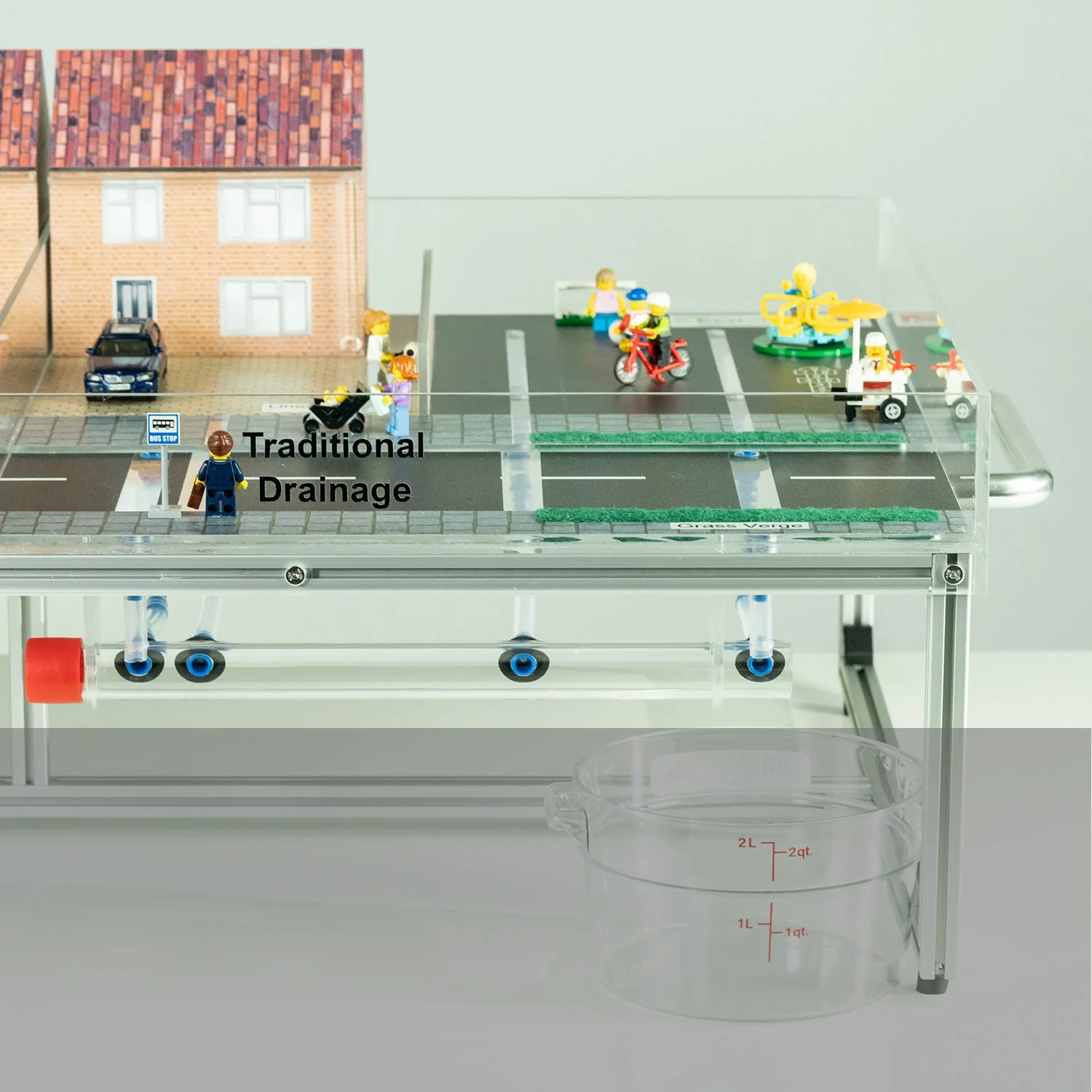
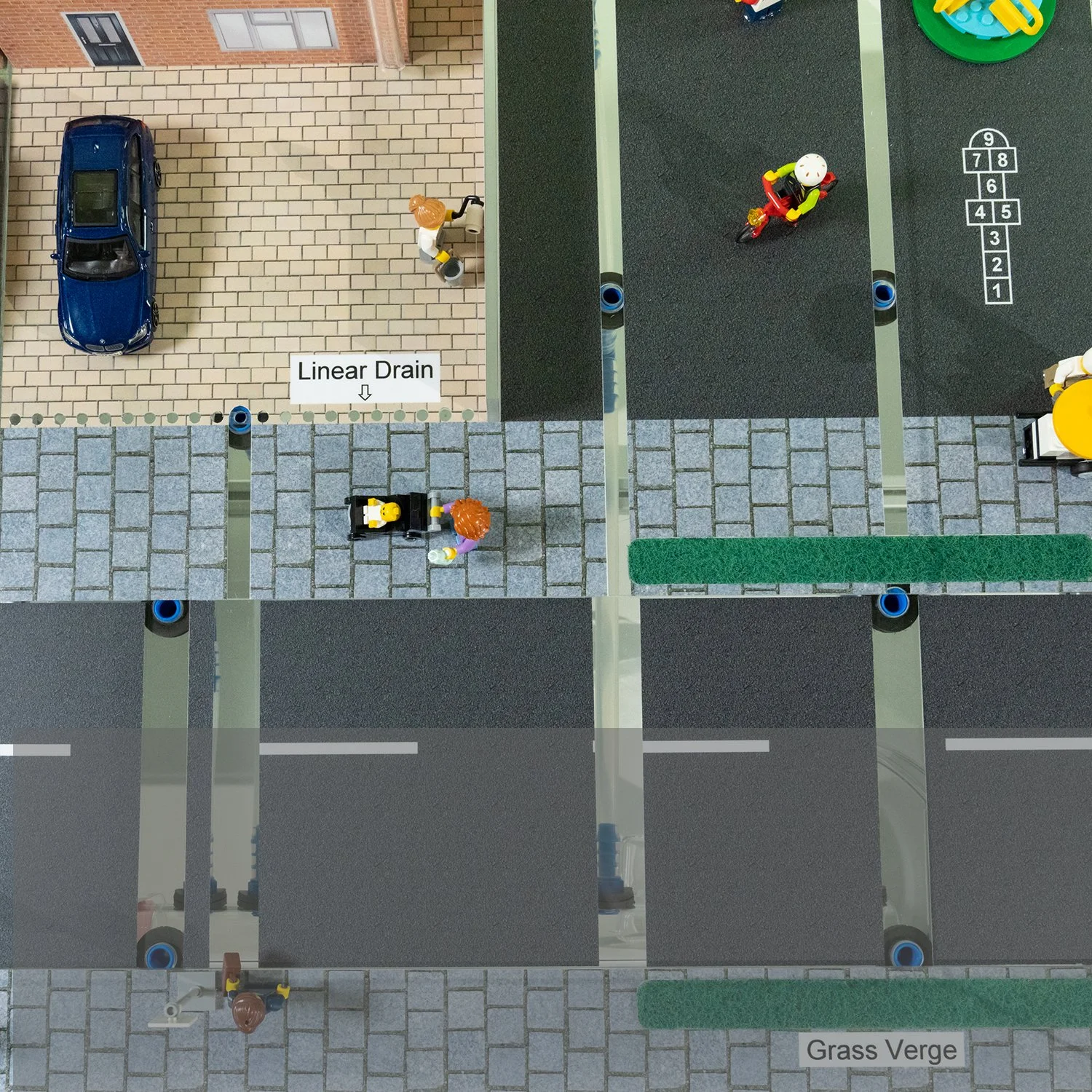
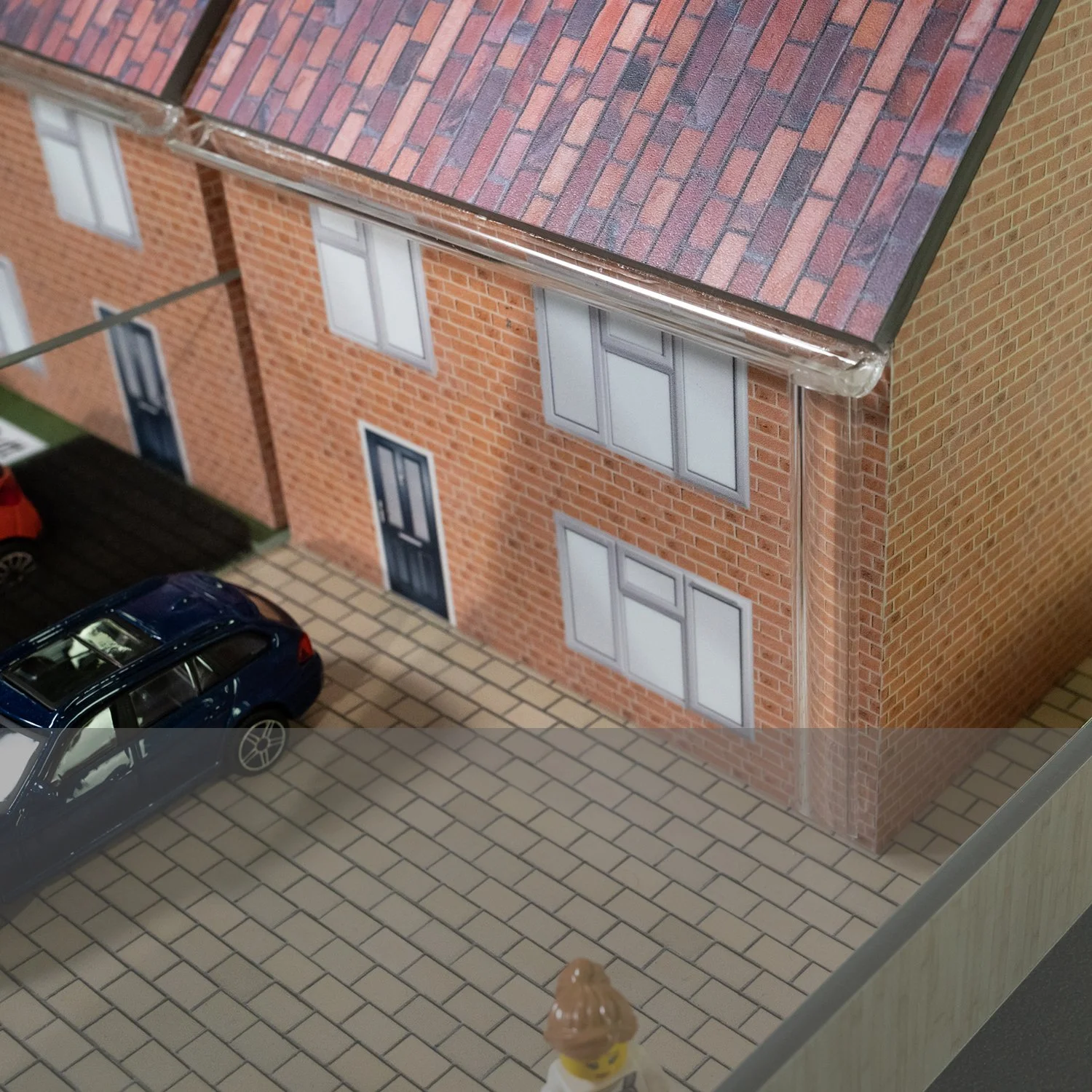
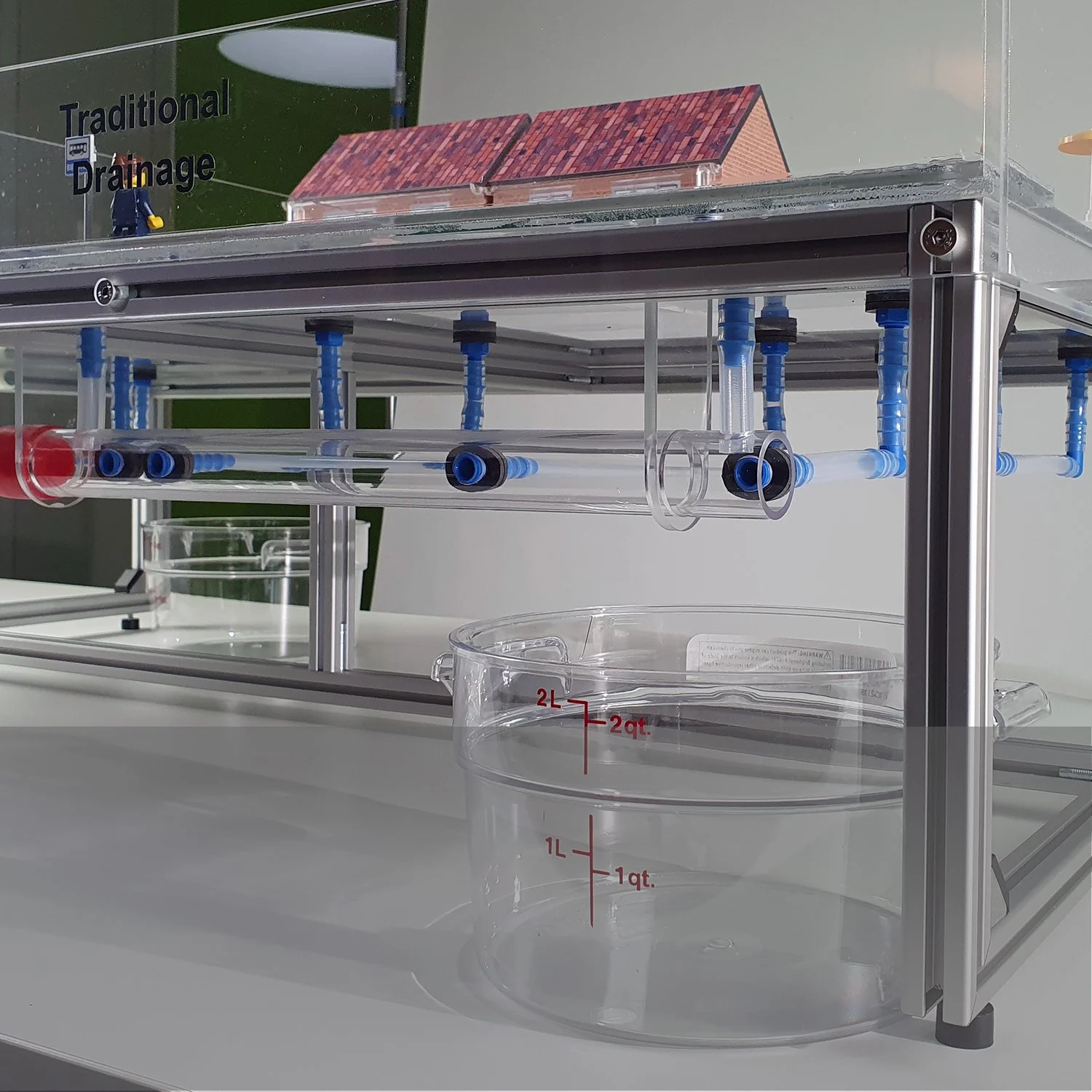
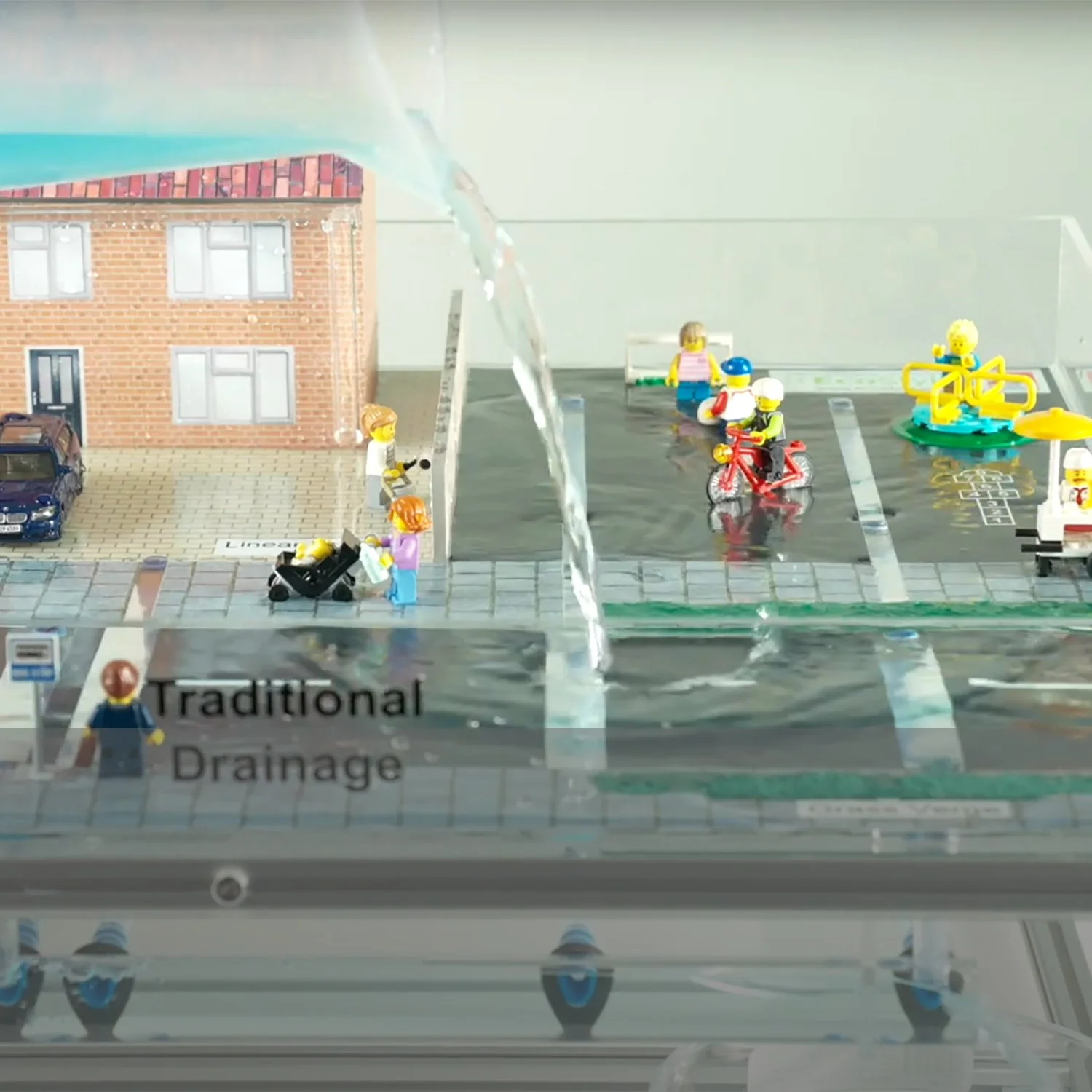
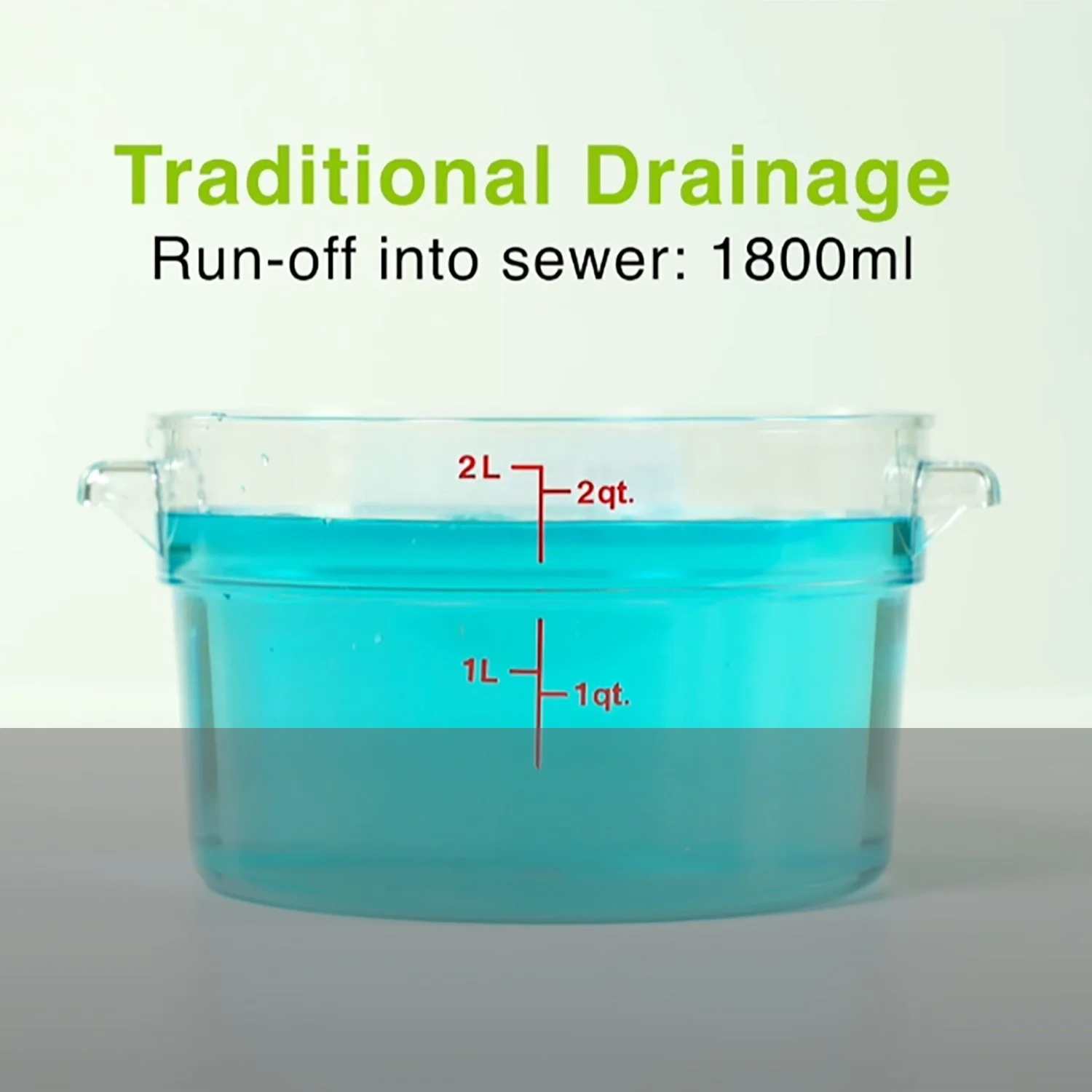
Side 2: SuDS

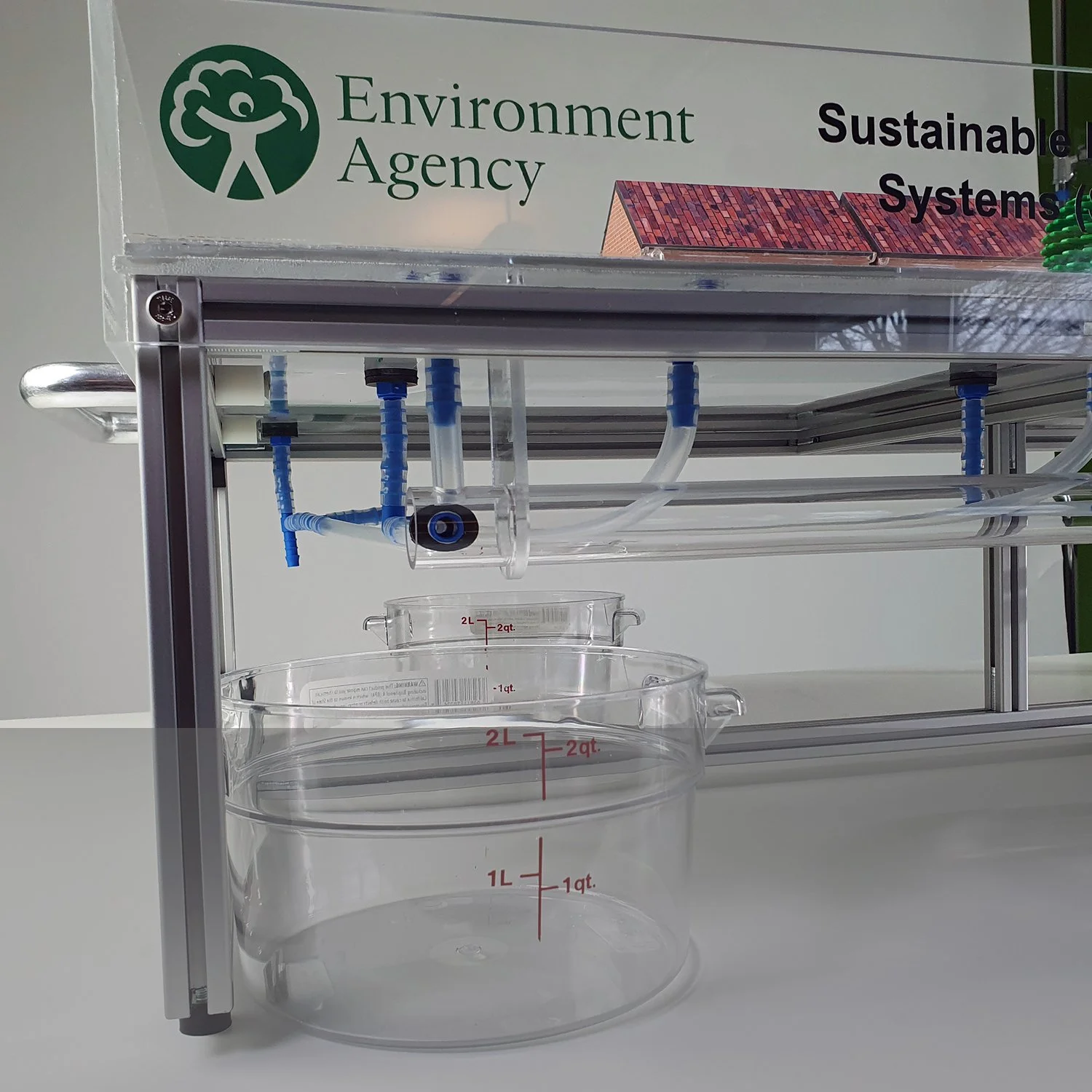
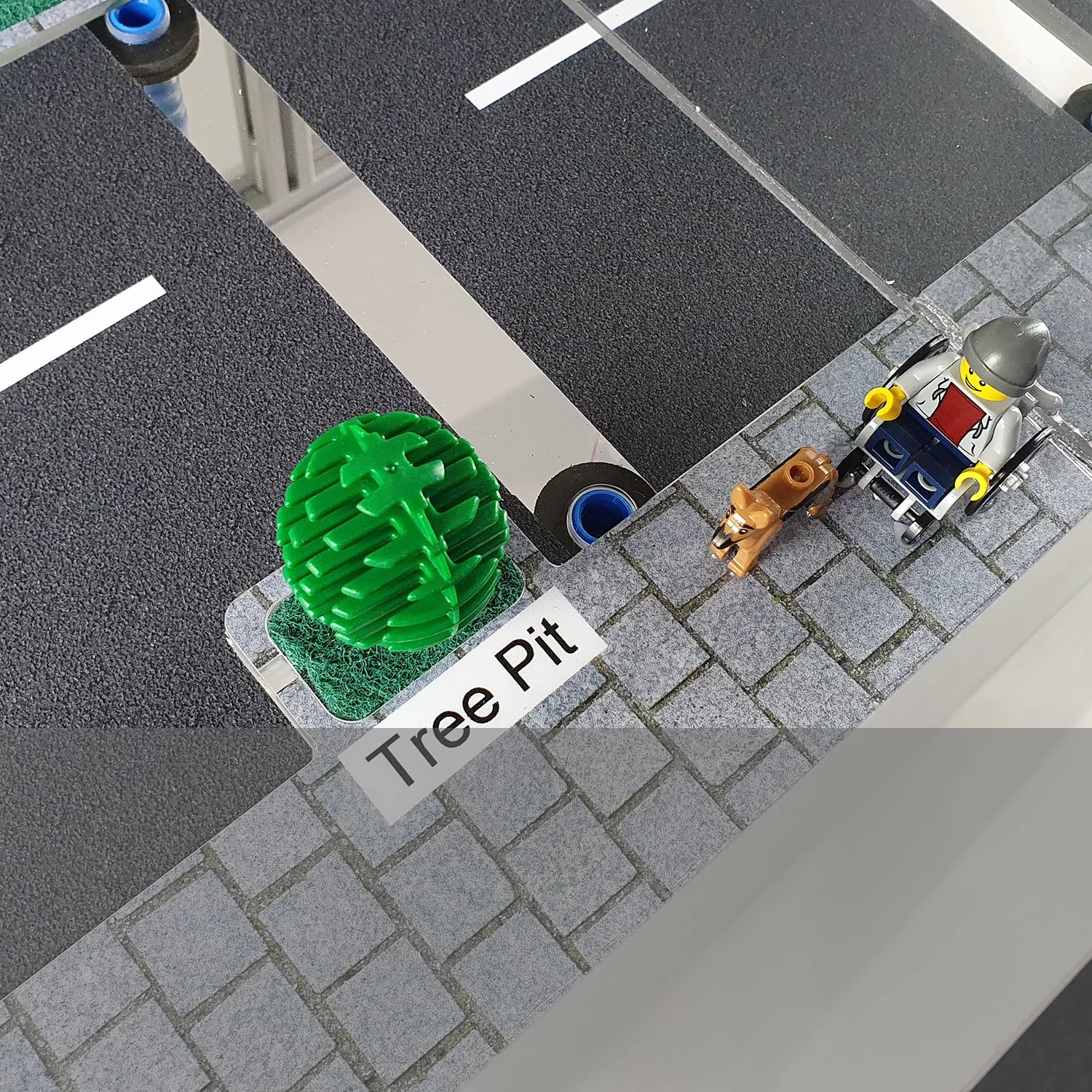
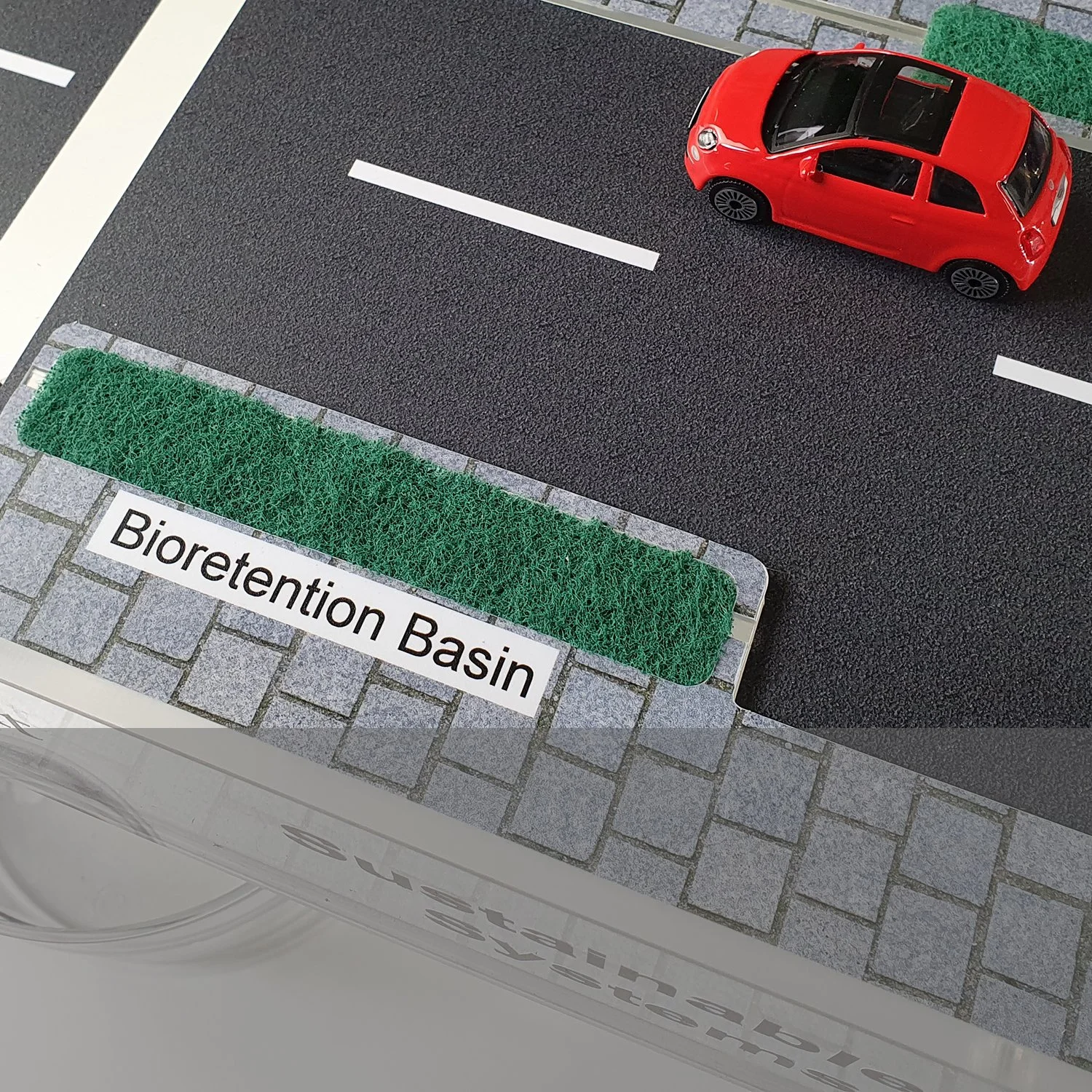
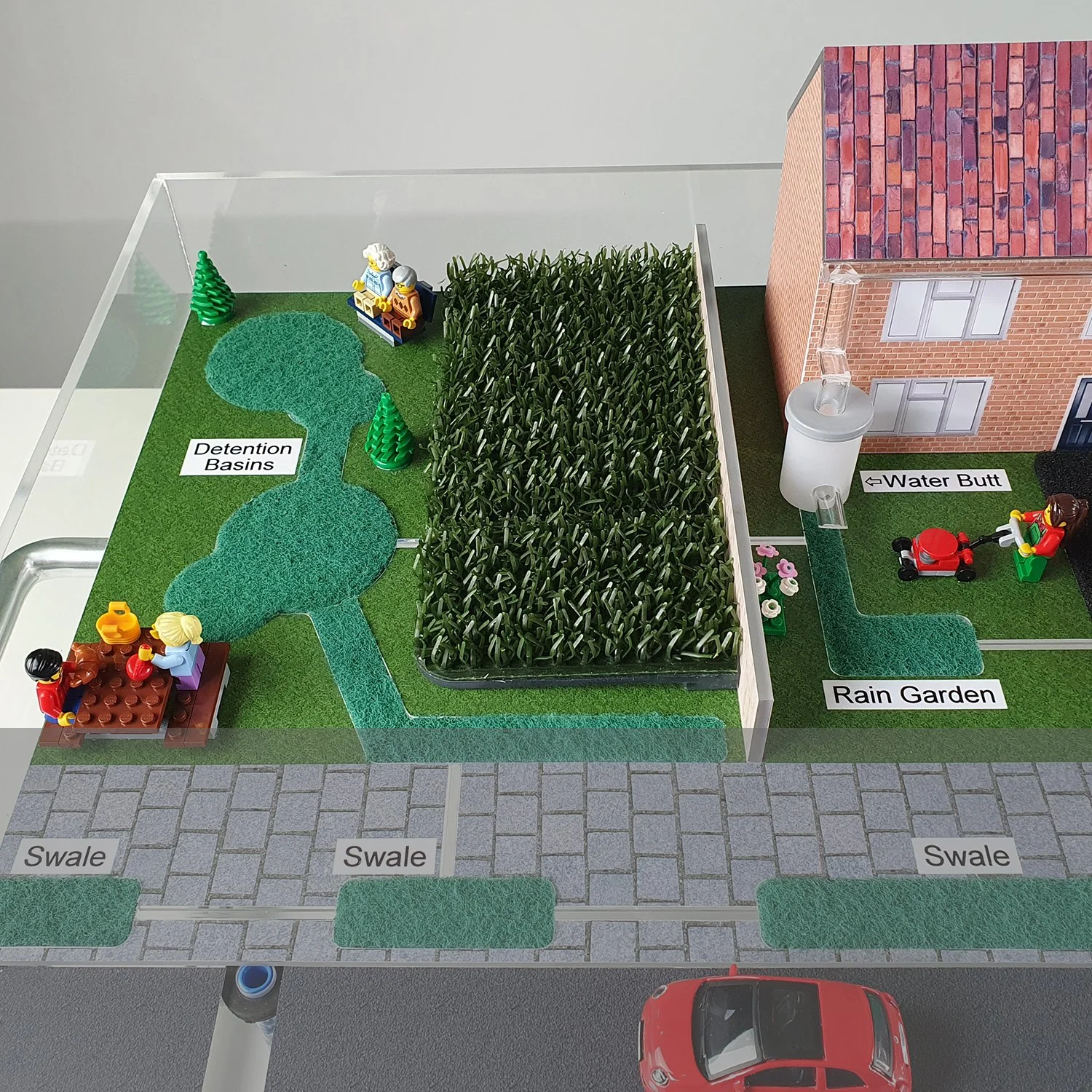
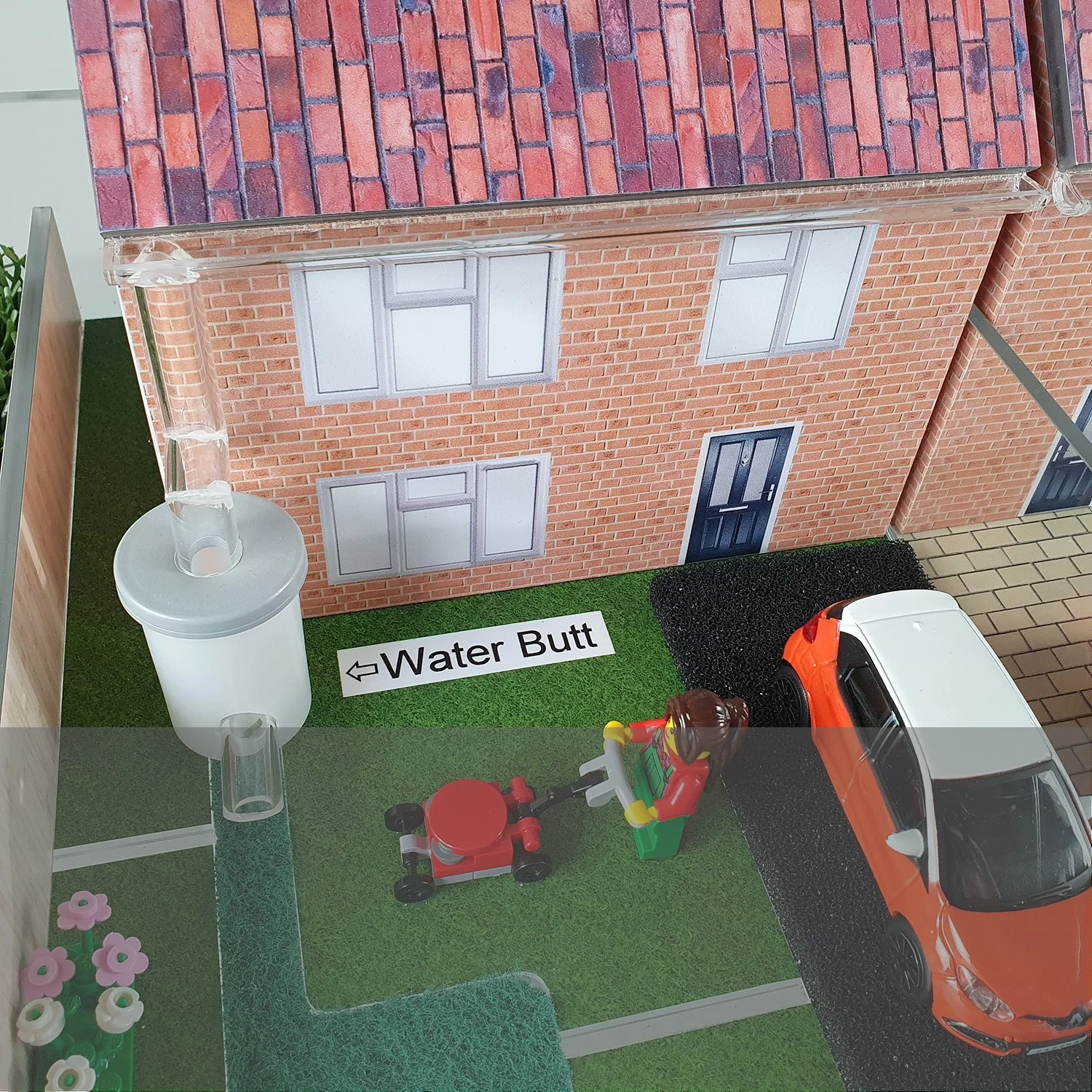
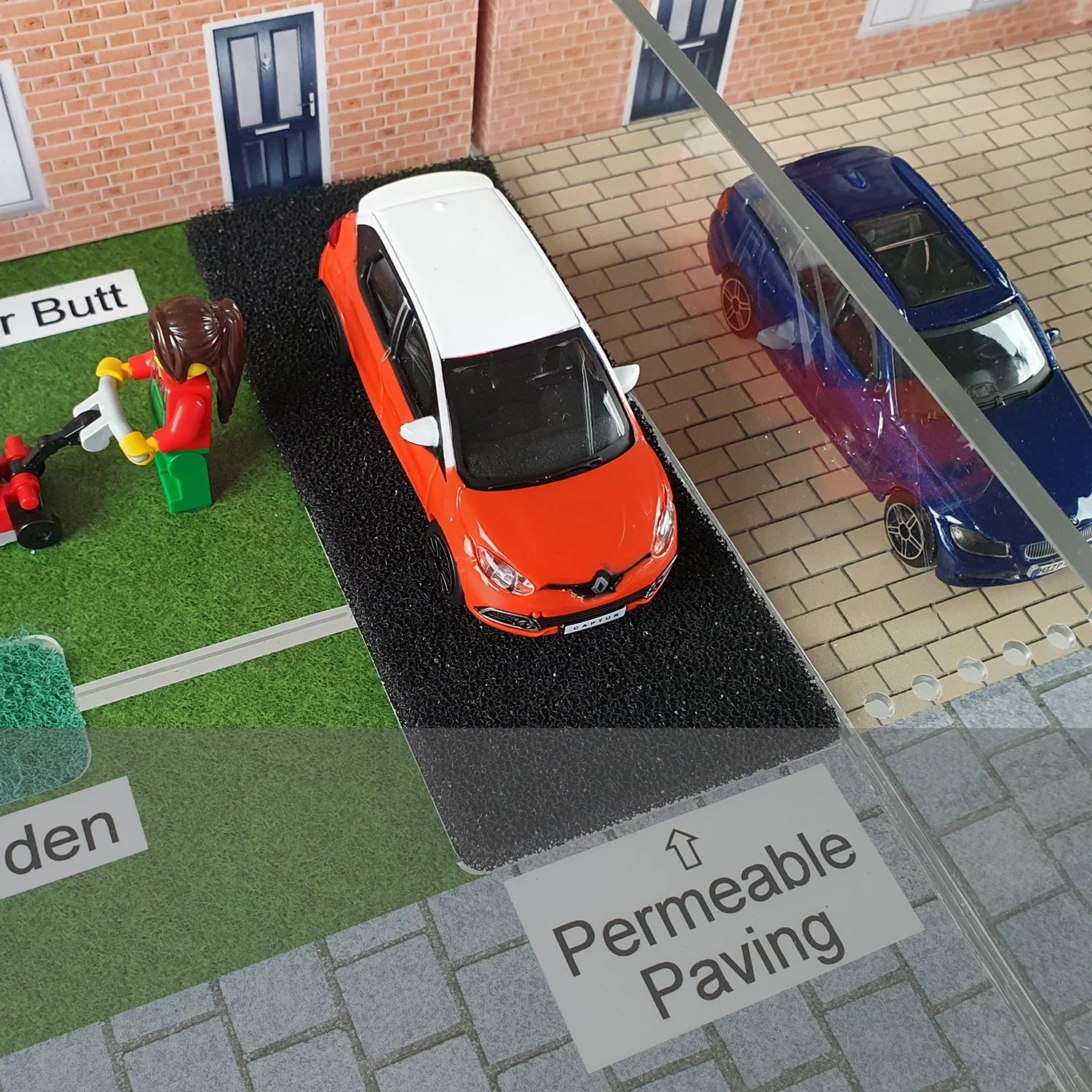
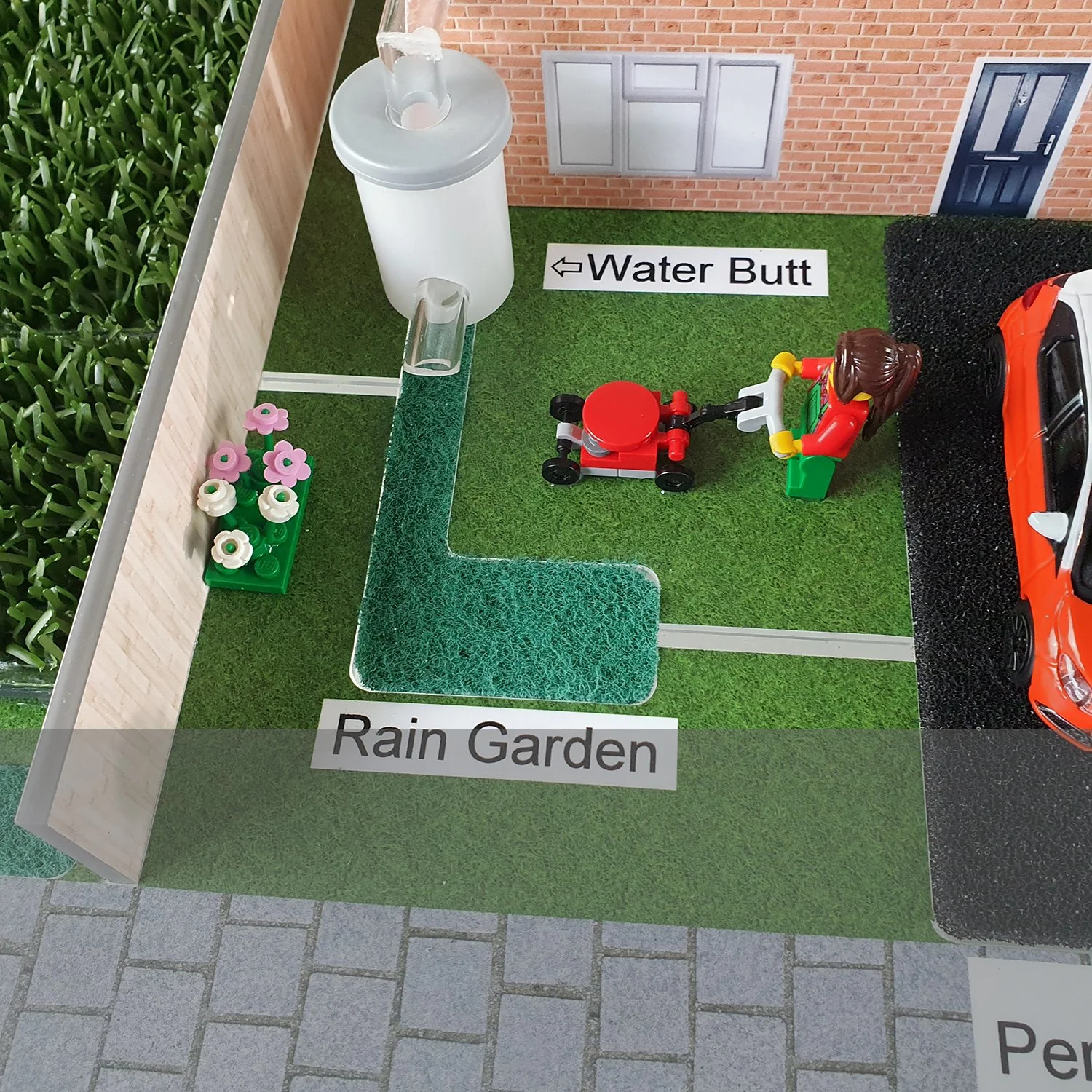
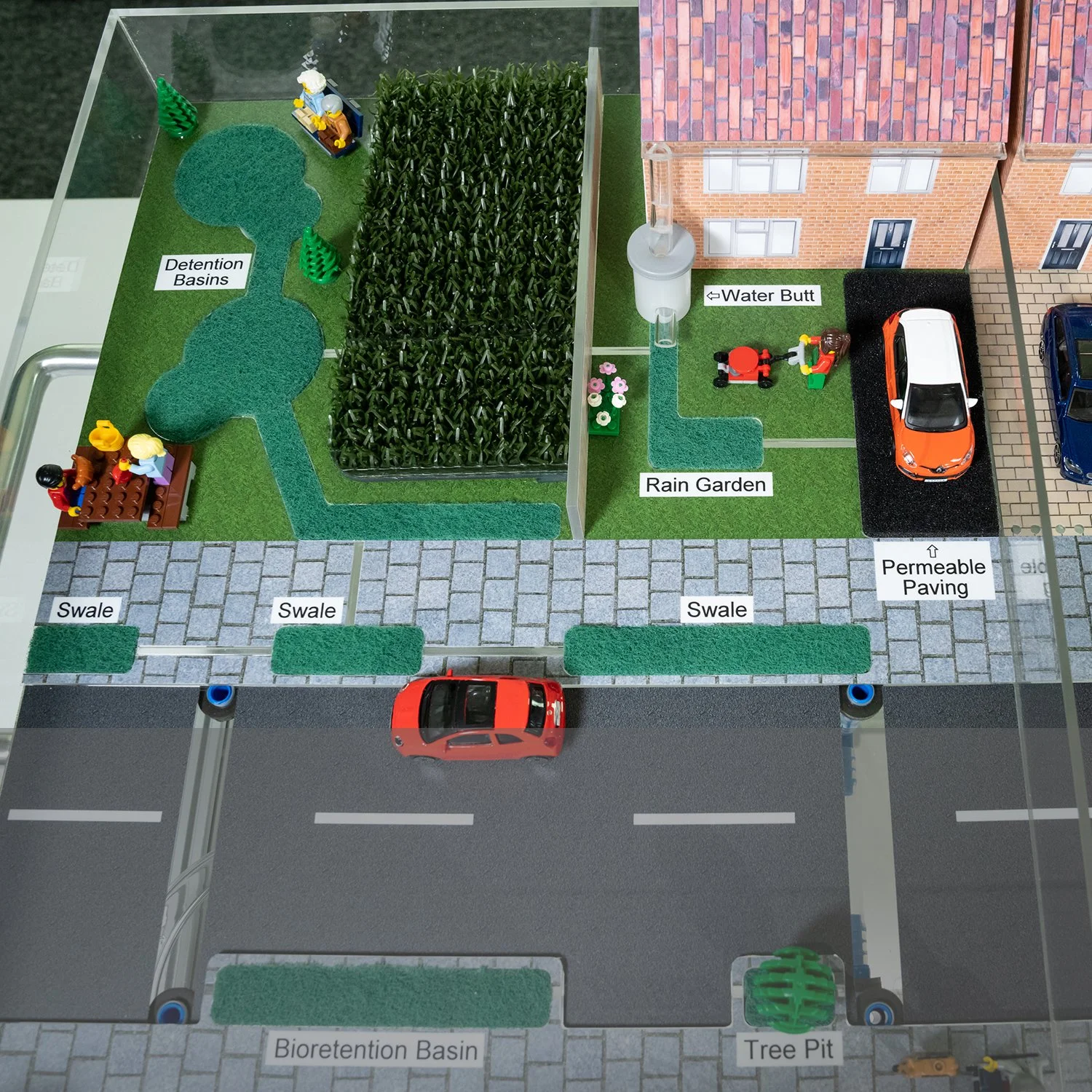
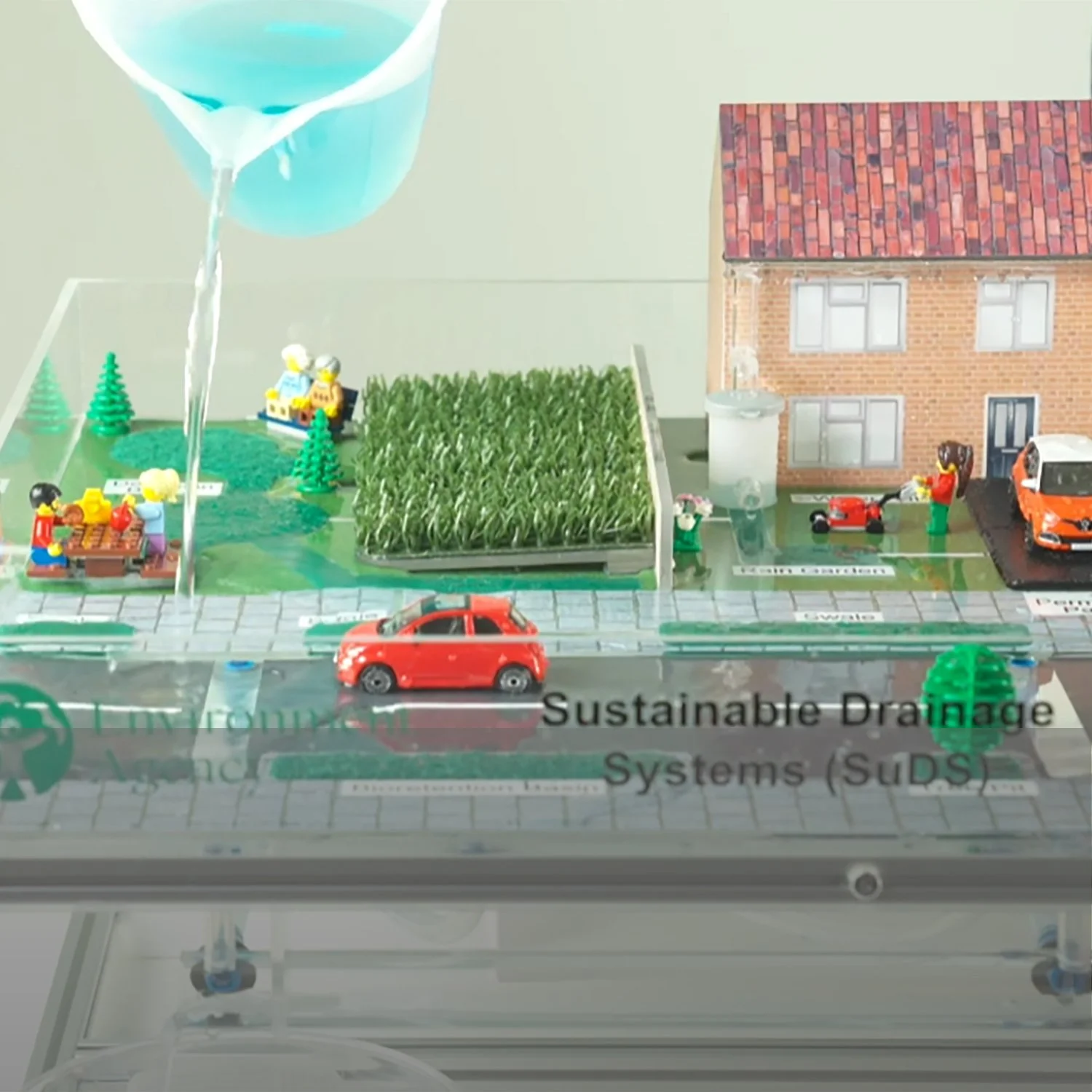
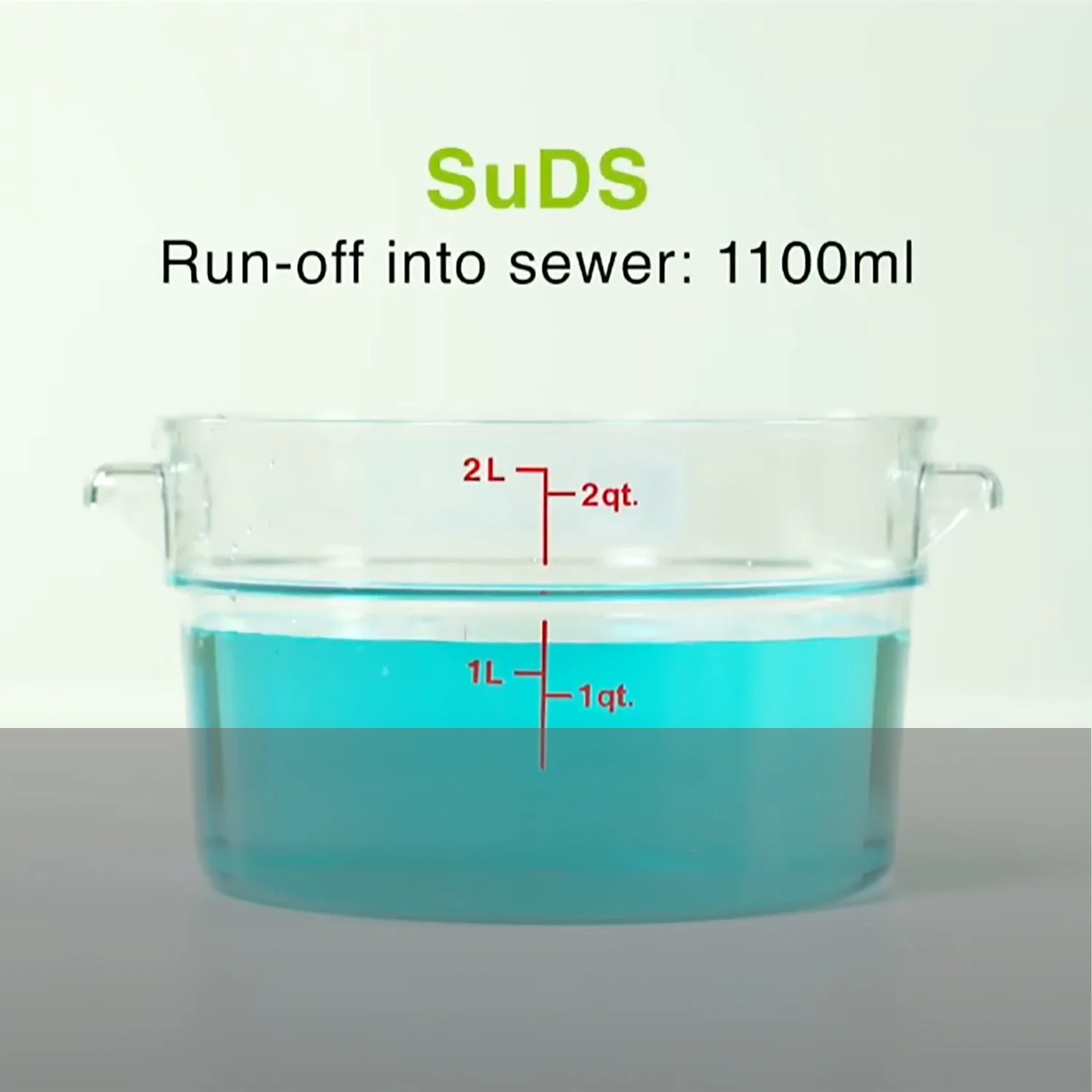
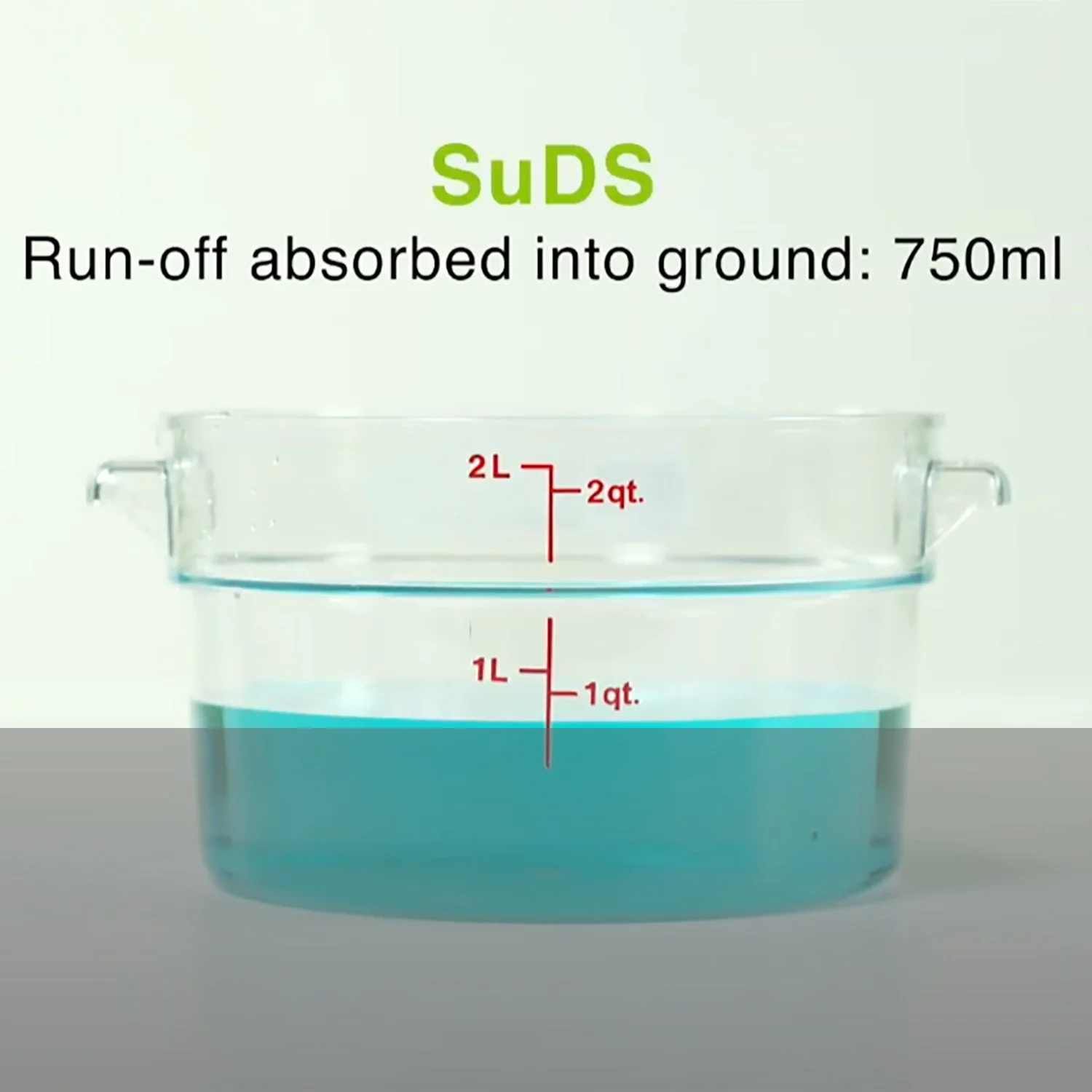
Next Steps
Schedule an optional no-obligation product consultation on Microsoft Teams.
Order using the ‘Add to cart’ button or request a quotation to order by purchase order.
Your model is manufactured to order and can include your logo on both the model and case.
We deliver your model and schedule a free product familiarisation session.
You shouldn’t have to worry about…
Losing your audience’s attention.
Struggling to explain key concepts.
Missing opportunities to shift perceptions.
Feeling frustrated and unable to deliver effective outreach.
Wasted time and effort with less engaging tools.
Missed opportunities to educate and influence.
Public confusion or misinformation about flood risks.
Reduced impact of resilience initiatives.
There’s a better way…
To capture attention at events and school visits.
To increase community engagement and awareness.
For easier, memorable communication of complex SuDS concepts.
To gain positive feedback from events and stakeholders.
To build stronger trust and credibility with the public.
To empower teams who feel supported and equipped in their outreach activities.
As an educator, the model enables you to attract and engage with members of the public, effectively changing perceptions towards SuDS. You will be empowered to lead the change in building flood resilience — armed with tools that spark curiosity, drive understanding, and inspire action to make a lasting impact in your community.
-
Surface Drainage Systems (SuDS) Model
Two removeable houses
Three 2L water containers
Three removeable cars
LEGO® characters
Spare set of inserts (grass verges, tree pit, bioretention basin, swales, detention basins, permeable paving, and rain garden)
Two 1.3L watering cans
100 x Aquatab water purification tablets (to prevent mildew)
Crayola Color Bath Dropz (60 tablets) (to colour water)
SuDS Model Case Study: Living With Water
-
Living With Water is a partnership between Yorkshire Water, Hull City Council, East Riding of Yorkshire Council, the Environment Agency and the University of Hull – all of which play a role in managing water in Hull and the East Riding.
They are working together to build flood resilience, develop innovative water management systems, and build understanding about the threats and opportunities that water brings to the region.
Living With Water asked EcoStyle for a model that shows ways in which residents can take simple actions to mitigate surface water damage and to bring the benefits of sustainable drainage to life.
Lynnsey Pilmer, Communications and Engagement Manager for Yorkshire Water said: ‘Having the SuDS Model to take to community events and schools has been invaluable to the way we engage with residents.’
‘Over the past three years we have engaged with over 6,000 residents, using the SuDS Model at community events, scout groups and schools to educate around the risk of flooding we face in Hull and East Riding.
‘We have used the model to have quality conversations with communities about their flood risk and what they can do to become more resilient.
‘Flooding and flood risk can be a difficult conversation to have with anyone - whether you have been flooded directly or indirectly - but interactive, relevant tools such as the SuDS Model have helped us raise awareness, educate communities about the work we are doing and increase the number of flood warning sign-ups over the five years that we have been using the model.’
Quality Matters
EcoStyle’s products are assembled by hand in our factory in the United Kingdom to the highest quality standards.
Our assembly processes and stringent quality checks ensure consistent product reliability.
EcoStyle is the proud recipient of a number of awards, including the Federation of Small Businesses’ Innovation Award and Environmental Responsibility Award, and Bedfordshire Rising Stars’ Green Business Award.



